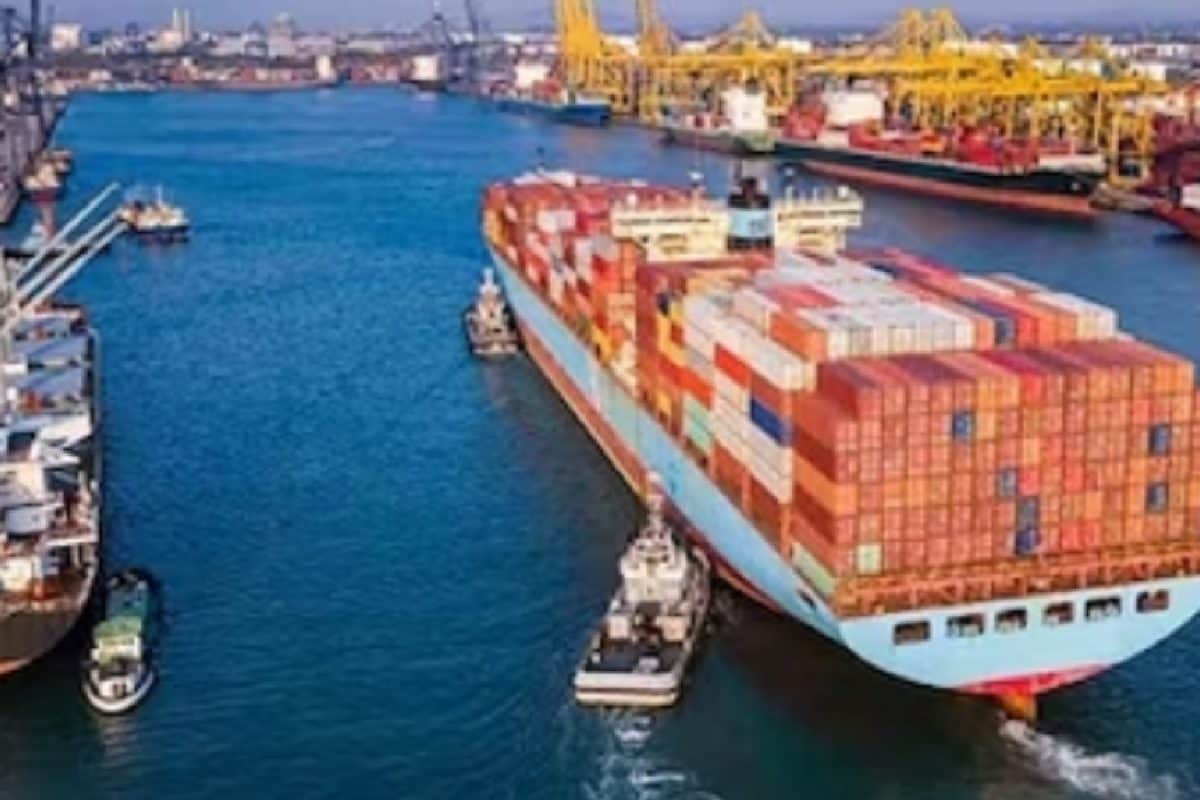With over 1 lakh e-commerce sellers and $5 billion in current exports, India is well-positioned to...
Read More The US tightening of low-value e-commerce shipments from China has opened up huge opportunities for Indian online exporters, as they can fill the gap if the red tape is eased and the government provides timely support, think tank GTRI said on Sunday. With over 1 lakh e-commerce sellers and $5 billion in current exports, India is well-positioned to fill the gap left by China particularly in customised, small-batch products like handicraft, fashion, and home goods, the Global Trade Research Initiative (GTRI) said. From May 2, Chinese and Hong Kong e-commerce shipments under $800 to the US will face a steep 120 per cent import duty, ending their duty-free entry.

This move is expected to disrupt Chinese supply chains and open the door for other countries. Chinese firms Shein and Temu are major players in the sector. Over 1,400 million low-value packets entered the US in 2024 from the world, with China alone exporting $46 billion worth of such goods.
“India is well-positioned to fill the gap left by China particularly in customized, small-batch products like handicraft, fashion, and home goods, but only if it quickly fixes bottlenecks in banking, customs, and export incentives," GTRI Founder Ajay Srivastava said adding seizing this opportunity requires urgent reforms. India’s current trade system is still geared toward large, traditional exporters, not small online sellers. “For these e-commerce players, red tape often outweighs support," he added.
Srivastava said that Indian banks struggle to handle the high volume and small-value nature of e-commerce exports. RBI rules allow only a 25 per cent gap between declared shipping value and final payment, which is too tight for online exports, where discounts, returns, and platform fees often lead to larger differences, he said. “Raising this limit to 100 per cent and giving banks flexibility to approve legitimate cases would help.
Bank fees are also a problem. Reconciling each small shipment can cost Rs 1,500-2,000, sometimes half the shipment’s value. These charges should be waived for low-value exports, and processes must go fully digital," he added.
The RBI should also set strict service timelines and grievance mechanisms to ensure timely support for exporters. At the customs front, GTRI said India’s customs system must move online, with 24/7 automated inspections and easy-to-follow digital checklists for small exporters. Courier-mode shipments should also be updated to accommodate terms like “Delivered Duty Paid," ensuring that paperwork matches real-world logistics and avoids unnecessary delays, it added.
Further, unlike large exporters, e-commerce sellers often lack access to affordable loans. While big players get 7-10 per cent interest loans and purchase-order based financing, small online sellers pay 12-15 per cent and are left out of public credit programs. Including them under priority sector lending could help level the playing field, it suggested.
Shipments sent by courier, common in e-commerce, do not qualify for key export incentives like RoDTEP, Duty Drawback, or the Advance Authorization Scheme. This puts online exporters at a disadvantage. Extending these benefits to e-commerce shipments is critical, it said.
“To compete globally, India must modernize its banking, customs, and trade support systems to meet the needs of a fast-growing digital economy. If done right, this could spark a new era of inclusive export growth," Srivastava said..
Business

US Tightening On Chinese Goods Opens Huge Export Window for Indian E-Commerce Sellers: GTRI

With over 1 lakh e-commerce sellers and $5 billion in current exports, India is well-positioned to fill the gap left by China particularly in customized, small-batch products like handicraft, fashion, and home goods, says GTRI.















